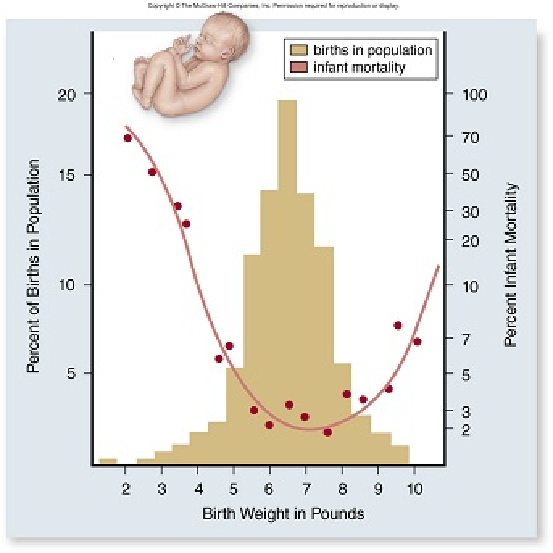Why are the laws of thermodynamics considered laws of nature and not scientific theories?
a. We do not understand how or why energy behaves the way it does.
b. We understand why energy behaves the way it does, but not exactly how it behaves.
c. We understand how energy behaves, but not exactly why it behaves the way it does.
d. We cannot be absolutely sure that energy will behave the same under all conditions.
e. We have a complete scientific explanation of energy behavior.
ANSWER: c
You might also like to view...
Why do researchers think the first self-replicating molecule was RNA?
A) RNA is the only type of molecule that can catalyze a chemical reaction. B) RNA can carry information and catalyze chemical reactions. C) Self-replicating molecules of RNA exist today, in human cells. D) Fossil evidence of such a molecule was recently discovered.
If a population has three, color alleles and one is dominant over the other two, how many phenotypes are possible?
What will be an ideal response?
In the graph below, which baby characteristics would explain the percent infant mortality curve and any subsequent effects on fitness?

A. The smaller the baby the better the chance of survival.
B. The baby needs to be small enough to survive after birth, but large enough for a safe delivery.
C. The baby needs to be large enough to survive after birth, but small enough for a safe delivery.
D. There is no correlation between birth weight and survival.
E. The larger the baby the better the chance of survival.
Clarify Question
· What is the key concept addressed by the question?
· What type of thinking is required?
· What key words does the question contain and what do they mean?
Gather Content
· What do you already know about fitness? How does it relate to the question?
Consider Possibilities
· What other information is related to the question? Which information is most useful?
Choose Answer
· Given what you now know, what information and/or problem solving approach is most likely to produce the correct answer?
Reflect on Process
· Did your problem-solving process lead you to the correct answer? If not, where did the process break down or lead you astray? How can you revise your approach to produce a more desirable result?
The principal point of Darwin’s theory of evolution
by natural selection is that a. long-term heritable changes in organisms are caused by use and disuse. b. mutations that adapt an organism to a given environment always arise in the greatest frequency in the organisms that occupy that environment. c. mutations are caused by all sorts of environmental influences. d. survival of characteristics in a population depends on a favoring of some forms of a given trait over others in nature. e. mutations mostly have favorable effects.